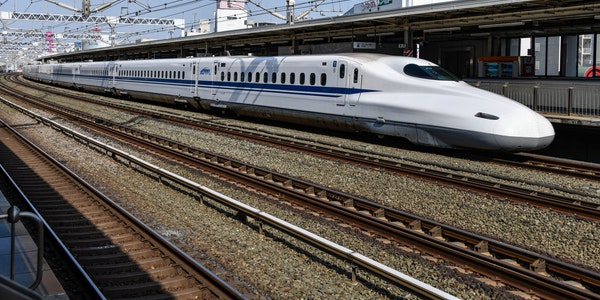Table of Contents
Reserve the Dynamic Area of the Subject
In the general shooting process, the camera has an unparalleled advantage in dynamic aspect with its dynamic video presentation technique. It is the most common thing for us to photograph people or things in motion in our daily life. But not many people know how to shoot video clips that they are satisfied with.
In addition, when we want a static object (such as a building) to achieve a dynamic display effect, how do we achieve it? I believe that after reading this article today, you will be able to use the knowledge in it to help you shoot satisfactory dynamic video effects.
What is Dynamic Shooting
Dynamic shooting can be interpreted as a composition shooting method in which the subject and the structure of the picture change. We roughly divide it into several aspects to explain. The first situation is that the camera is in a fixed state and the subject is in a moving state. The camera exhibits a fixed spatial extent in this state. In the process of shooting composition, it is necessary to leave room for the movement of the subject. When we shoot an action-based subject, we must first understand the movement range of the subject, and then set aside the frame range of the picture based on this basis.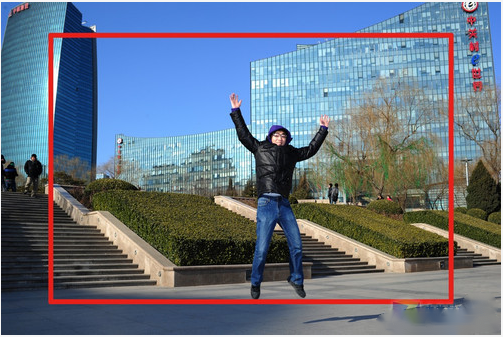
The part outside the red frame is reserved shooting space
We try to avoid the main part of the subject rushing out of the frame when shooting. For example, the limbs, head, etc. of characters. For example, as shown in the picture above, because the characters have to jump high, it is necessary to ensure that there is more space at the top of the picture when shooting. In this way, when the action of the subject is finished, it will always remain in our picture.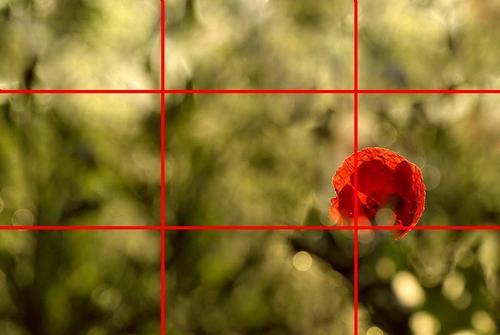
golden ratio chart
When the subject enters the picture, it becomes the visual center point of the picture. For example, as shown in the first picture, before its movement route is formed, we can predictably reserve more space above to ensure that the subject is in the center of the picture. However, when we are shooting, we also need to consider some composition skills of the golden section. After all, placing the subject stupidly in the center of the picture is not aesthetic at all. According to the sign of the golden ratio map, try not to place the subject in the center of the screen.
Camera Motion Shooting
The second category is that the subject is not necessarily moving, but the camera position is moving. Such a shot can show a shifting, constantly changing azimuth pair and scenery, and different means of perspective.
There are four main ways to shoot dynamic shots: push, pull, pan, and shift. Before shooting, we can simulate shooting once to improve the success rate. The application of pushing the lens is often the focus of expressing the subject. The main object must be selected correctly before pushing the lens, and do not select it during the pushing process. Pushing the camera aimlessly can make you feel dizzy.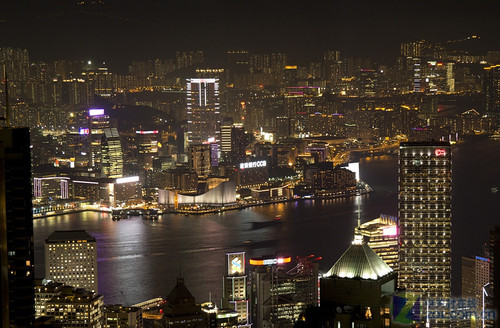
The shot before the lens is pushed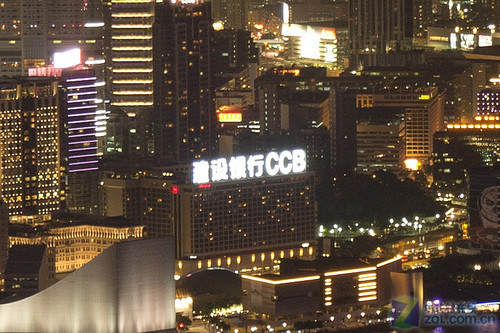
The shot after pushing the lens
Pan-shots
During the push-pull shooting process, pay attention to placing the subject in the center of the vision from beginning to end, but not necessarily the center of the picture. Just like the golden ratio diagram shown on our first page. According to the center point of vision, the landing point of the left push-back lens is carried out.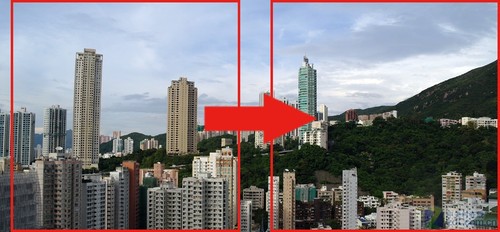
Pan from left to right (non-push lens)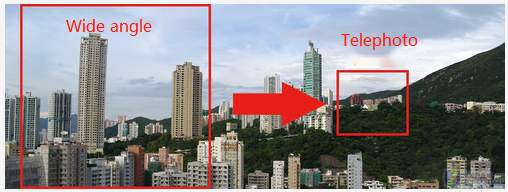
Pan the lens from left to right (push the lens)
Panning is almost the same as panning. Be clean when shaking out the subject. There is also a case of switching the subject, then in the process of pushing and pulling the lens, adding a panning lens component can complete the conversion of the subject position as soon as possible.
To shoot moving objects, the camera can also use the follow-up mode to shoot. At this time, the composition of the picture should be based on the movement of the subject. The subject should always be in the center of vision and maintain relative stability. Fortunately, the anti-shake effect of many mainstream cameras is outstanding. When we shoot, we should leave more space in front of the direction of the moving subject.
Use the Lens to Change the Speed
When we shoot high-speed moving scenes, the movement of the camera can well represent the speed of the subject. When shooting with a sports lens, the movement speed of the subject is often shown by the moving speed of the background and the scene in the environment. If the background is relatively simple, this presentation technique is less obvious.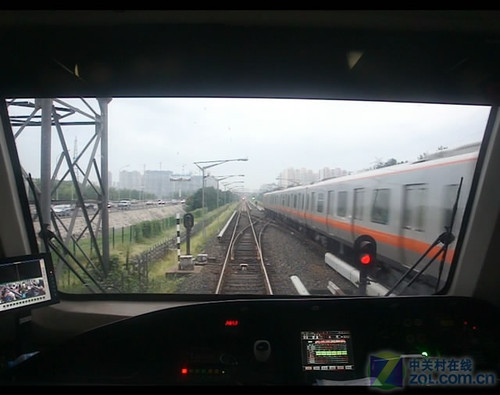
Speeding train (another car sets off the speed)
At this time, we can exaggerate the expression of speed by pushing and pulling the lens or panning the lens in reverse. First, let’s talk about the way the camera is pushed and pulled to express speed. When our subject is facing the camera, in the same scene, pulling the camera will appear relatively slow, while pushing the camera will appear faster.
For the dynamic composition of some sports, we should mainly pay attention to the changes in the shooting direction, the speed of the subject, the overall shooting rhythm, and the subject and range. In addition, a lot of shooting can also allow us to understand the shortcomings of shooting in actual use, and slowly through practice, you can shoot better video clips.
